Ebikes
El Truco Ecológico: Cómo las Bicicletas Eléctricas Reducen Tu Huella de Carbono Más que el Transporte Público
El Truco Ecológico: Cómo las Bicicletas Eléctricas Reducen Tu Huella de Carbono Más que el Transporte Público
Creo que la lucha contra el cambio climático comienza con las decisiones que tomamos a diario. El transporte representa una parte significativa de las emisiones globales, y está claro que necesitamos soluciones sostenibles. Aunque el transporte público ha sido considerado durante mucho tiempo una opción ecológica, las bicicletas eléctricas ofrecen una alternativa aún más convincente. Estos vehículos sobresalen en eficiencia energética, no emiten contaminación directa y permiten que las personas tomen el control de su impacto ambiental. La solución de bicicletas eléctricas y huella de carbono en el Reino Unido no solo es práctica, sino también transformadora para reducir emisiones a nivel personal.
Aspectos Clave
- Las bicicletas eléctricas no emiten gases nocivos, por lo que son más limpias que coches y autobuses. Usarlas puede hacer que el aire de la ciudad sea mucho más puro.
- Las e-bikes consumen muy poca energía, incluso menos que autobuses o trenes. Solo necesitan 1,0 kWh para recorrer 100 kilómetros, ahorrando energía.
- Utilizar bicicletas eléctricas puede reducir tu contaminación de carbono hasta en 6,53 toneladas al año. Este pequeño cambio ayuda enormemente a combatir el cambio climático.
- Las e-bikes reducen los atascos y hacen las ciudades más silenciosas. Su tamaño facilita moverse y evitar calles congestionadas.
- Comprar una e-bike puede ahorrarte dinero con el tiempo. No pagarás aparcamiento y los costes de reparación son mucho menores que los de un coche.
Entendiendo la Huella de Carbono y su Importancia
¿Qué es la Huella de Carbono?
La huella de carbono mide el total de emisiones de gases de efecto invernadero (GEI) causadas por una persona, organización, producto o actividad. Incluye las emisiones de todas las etapas del ciclo de vida, como la producción de materiales, la fabricación, el uso y la eliminación. Esta métrica suele expresarse como equivalente de dióxido de carbono (CO2eq), que engloba todos los gases de efecto invernadero, no solo el CO2.
El Panel Intergubernamental sobre Cambio Climático (IPCC) define la huella de carbono como el total de emisiones de CO2 causadas directa e indirectamente por una actividad o acumuladas durante el ciclo de vida de un producto. Medirla es clave para entender el impacto ambiental de nuestras acciones. Herramientas cuantitativas como el análisis de huella de carbono ayudan a crear estrategias climáticas efectivas, seguir el progreso y comparar emisiones con estándares globales.
| Fuente | Definición |
|---|---|
| Definición General | Una medida del total de emisiones de CO2 y metano (CH4) de una población, sistema o actividad, considerando todas las fuentes, sumideros y almacenamiento relevantes. |
| Definición IPCC (2022) | Una medida del total exclusivo de emisiones de CO2 causadas directa e indirectamente por una actividad o acumuladas durante el ciclo de vida de un producto. |
| Equivalente de CO2 | El equivalente de dióxido de carbono (CO2eq) suma todas las emisiones de gases de efecto invernadero, incluyendo todos los gases, no solo CO2. |
La Contribución del Transporte a las Emisiones Globales
El transporte es un gran responsable de las emisiones globales, representando aproximadamente el 21% de las emisiones de CO2 a nivel mundial. Además, supone el 24% de las emisiones energéticas de CO2. El tráfico rodado domina este sector, produciendo tres cuartas partes de las emisiones, con los vehículos de pasajeros (coches y autobuses) sumando el 45,1% y los camiones el 29,4%.
Otros medios de transporte también influyen. La aviación emite cerca de 1.000 millones de toneladas de CO2 al año (11,6% del sector). El transporte marítimo internacional representa un 10,6%, mientras que los trenes y el transporte ferroviario solo aportan un 1%. Las tuberías y otros métodos completan el 2,2% restante. Estas cifras resaltan la urgencia de alternativas sostenibles como las bicicletas eléctricas, una verdadera solución de bajo impacto para la huella de carbono en el Reino Unido.
El Poder de las Elecciones Individuales en la Sostenibilidad
Las acciones individuales pueden tener un impacto significativo en la sostenibilidad. Según el IPCC, los cambios de comportamiento podrían reducir las emisiones globales hasta en un 70% para 2050. Esta reducción equivale a las emisiones conjuntas de varios países importantes. Adoptar comportamientos pro-clima, como usar bicicletas eléctricas, podría recortar hasta 6,53 toneladas anuales de GEI por persona.
Sin embargo, sin sistemas de apoyo, normalmente solo se consigue una reducción de 0,63 toneladas por año. Esto subraya la importancia de soluciones accesibles y prácticas como las e-bikes. Al elegir una bicicleta eléctrica para mis trayectos diarios, puedo aportar a un futuro más verde disfrutando al mismo tiempo de flexibilidad y eficiencia.
Beneficios Ambientales de las Bicicletas Eléctricas

Cero Emisiones y Aire Más Limpio
Las bicicletas eléctricas ofrecen una solución excepcional para reducir emisiones dañinas. A diferencia de los vehículos de combustión, las e-bikes funcionan con electricidad, lo que significa que no generan emisiones directas. Esto las convierte en una excelente opción para mejorar la calidad del aire en áreas urbanas. Investigaciones demuestran que cambiar el coche por una e-bike puede ahorrar una media de 249g de CO2 por cada kilómetro recorrido. Si su uso se generalizara, podrían reducirse hasta 30 millones de toneladas de CO2 al año solo en Inglaterra.
El impacto medioambiental va más allá del CO2. Al sustituir coches en trayectos cortos, también minimizan contaminantes como los óxidos de nitrógeno y las partículas, perjudiciales para la salud humana y el entorno. Con la mejora de las baterías y la integración de energías renovables, la solución e-bike para la huella de carbono en Reino Unido se vuelve aún más poderosa.
Eficiencia Energética Frente al Transporte Público
Las e-bikes sobresalen en eficiencia energética, superando al transporte público en muchos casos. Las bicicletas eléctricas con asistencia al pedaleo consumen tan solo 1,0 kWh (3,6 MJ) cada 100 kilómetros, lo que las convierte en uno de los medios más eficientes. Esta eficiencia se debe a que el ciclista aporta alrededor del 70% del esfuerzo, mientras que el motor asiste en el resto.
En comparación, los sistemas de transporte público como autobuses y trenes requieren mucha más energía por pasajero y kilómetro debido a su tamaño y demandas operativas. Por ejemplo, una e-bike recorriendo 15 km a 22,4 km/h solo consume 0,0125 kWh por kilómetro. Esta mínima demanda energética es la clave de su ventaja para ahorrar energía y reducir emisiones.
Reducción de Tráfico y Contaminación Acústica Urbana
Las bicicletas eléctricas contribuyen a aliviar el tráfico y el ruido en las ciudades. Su tamaño compacto permite moverse ágilmente entre las calles congestionadas, reduciendo así el número de vehículos en carretera y acortando los tiempos de viaje.
Estudios demuestran que las bicicletas de carga, un tipo de e-bike, reducen significativamente las interrupciones del tráfico respecto a las furgonetas de reparto. Por ejemplo, el doble estacionamiento de furgonetas puede reducir el flujo en un 18% y aumentar los retrasos hasta un 50%. Al adoptar e-bikes en las entregas de última milla, las ciudades pueden minimizar estos problemas y mejorar la eficiencia global del tráfico.
La contaminación acústica es otro gran problema en las ciudades. Los vehículos tradicionales contribuyen al ruido constante, afectando la calidad de vida. Las e-bikes, en cambio, son silenciosas, creando entornos más tranquilos y habitables. Por eso, son esenciales en una solución urbana sostenible para la huella de carbono.
Por Qué las E-Bikes Superan al Transporte Público

Eficiencia Energética y Bajo Consumo
Las e-bikes sobresalen por su eficiencia energética, siendo una opción superior para la movilidad sostenible. Su diseño permite un consumo mínimo, requiriendo solo 1,0 kWh por cada 100 km en modelos con asistencia al pedaleo. Esto es gracias a la combinación del esfuerzo humano y la ayuda eléctrica, reduciendo la dependencia de fuentes externas de energía. El transporte público, aunque también ecológico, necesita mucha más energía por su escala y capacidad.
Una comparación demuestra las ventajas de las e-bikes sobre el transporte público: consumen menos energía por kilómetro, funcionan sin emisiones y ofrecen mayor flexibilidad. Además, el transporte público puede sufrir problemas como masificación o rutas limitadas. Todo esto hace de las e-bikes la opción ideal para quienes buscan una movilidad personalizada y eficiente.
| Ventaja | Bicicletas Eléctricas | Transporte Público |
|---|---|---|
| Comodidad | Fácil maniobrabilidad y tamaño compacto | Limitado por rutas y horarios |
| Eficacia | Mayor velocidad con menos esfuerzo | Más lento y a menudo congestionado |
| Sostenibilidad | Alternativa sin emisiones | Emisiones más altas y contaminación |
| Congestión | Reduce el tráfico por su tamaño | Contribuye a los atascos |
| Salud | Promueve la actividad física | Experiencia sedentaria |
Flexibilidad para Trayectos Cortos
Las e-bikes redefinen la comodidad en desplazamientos cortos. Su diseño y maniobrabilidad las hacen ideales para moverse en ciudades. A diferencia del transporte público, que requiere seguir horarios y rutas fijas, las bicicletas eléctricas te permiten ir directo a tu destino sin rodeos ni esperas.
Un estudio en Kunming demuestra cómo las bicicletas eléctricas compartidas resuelven los problemas de ‘primera’ y ‘última milla’, conectando el transporte público con el destino final. Esta adaptabilidad es fundamental en ciudades densamente pobladas, donde la rapidez es clave. Así, integrar e-bikes en la rutina diaria es la mejor manera de disfrutar de trayectos fluidos y un futuro más ecológico.
Empoderamiento Personal y Vida Sostenible
Las bicicletas eléctricas empoderan a las personas para tomar el control de su impacto ambiental y mejorar su bienestar. Montar una e-bike ofrece independencia y satisfacción que el transporte público no puede igualar, combinando actividad física, menos estrés y la alegría de una vida sostenible.
Los estudios de caso demuestran el gran impacto de las e-bikes en la vida diaria. Participantes reportaron reducción significativa del estrés, mejor estado de ánimo y el beneficio añadido del ejercicio. Una persona la describió como «el mejor beneficio laboral de mi carrera». No obstante, también se identificaron desafíos como la falta de estacionamientos seguros y lugares para secar la ropa.
| Opinión del Participante | Impacto en el Bienestar |
|---|---|
| “El mejor beneficio laboral de mi carrera.” | Percepción muy positiva de la e-bike |
| “Desplazamientos mucho más agradables, menos estrés antes y después del trabajo, días más felices y ejercicio a la vez.” | Reducción significativa del estrés y mejora general |
| “Lo más difícil fue la falta de vestuarios, sitios para secar ropa y estacionamientos anticuados donde no se puede asegurar el cuadro.” | Retos para la adopción de la e-bike |
| Opinión mayoritaria (11/13) sobre el ciclismo | Impacto positivo en el bienestar (6 leve, 5 significativo) |
Al elegir una bicicleta eléctrica, puedo adoptar un estilo de vida que prioriza la sostenibilidad y el empoderamiento personal. Esta solución e-bike para la huella de carbono no solo reduce emisiones, sino que también promueve una vida más sana y satisfactoria.
COMPRAR DYU C5Respondiendo a Dudas sobre las E-Bikes

Sostenibilidad de las Baterías de E-Bikes
Las baterías de bicicletas eléctricas suelen generar dudas sobre su impacto ambiental. Sin embargo, frente a los coches eléctricos, las e-bikes logran recorrer de 30 a 100 veces más kilómetros por libra de batería. Esta eficiencia reduce notablemente la contaminación y los problemas éticos por la extracción de metales. Prolongar la vida útil de una e-bike disminuye aún más sus emisiones totales, haciéndolas incluso más sostenibles que una bici convencional.
La mayoría de las emisiones de las e-bikes provienen de los repuestos, con las baterías sumando el 40%. Enfocarse en la durabilidad y el reciclaje es clave. Invertir en baterías de calidad y un sistema de reciclaje adecuado es fundamental para reducir la huella ambiental de las e-bikes.
Consejo: Para maximizar la vida útil de la batería, evita la sobrecarga y guárdala en un lugar fresco y seco.
Recarga con Energía Renovable
Recargar e-bikes con energía renovable es una oportunidad revolucionaria para la sostenibilidad. Estaciones de carga alimentadas por sol o viento reducen costes y la dependencia de combustibles fósiles. Por ejemplo, los sistemas solares pueden bajar el precio de $0.200/kWh a $0.016/kWh y reducir la carga de la red en 254.030 kWh al año.
Integrar energías renovables en la infraestructura de recarga de e-bikes es un paso lógico. Asegura que la energía utilizada esté en sintonía con su filosofía ecológica. Además, el excedente de electricidad generado puede venderse a la red, mejorando aún más los beneficios económicos y ambientales.
Mantenimiento y Durabilidad de las E-Bikes
El mantenimiento adecuado es clave para extender la vida útil de una e-bike. Con cuidado regular, pueden durar más de una década. Realizar un servicio cada seis meses o cada 1.000 millas asegura un rendimiento y durabilidad óptimos.
| Consejo de Mantenimiento | Beneficio |
|---|---|
| Análisis de fatiga con IA | Reduce puntos de estrés, alarga la vida útil |
| Pruebas en terreno accidentado | Soporta más de 2.000 millas sin fallos |
Reviso rutinariamente frenos, neumáticos y transmisión. Estas simples acciones mejoran la seguridad y prolongan la vida del vehículo. Siguiendo las recomendaciones, puedo asegurar que mi e-bike siga siendo un modo de transporte sostenible y fiable durante años.
Adoptando una Solución Ecológica con Bicicletas Eléctricas en Reino Unido
Por Qué el DYU C5 es una Elección Top
El DYU C5 destaca como una opción excelente para quienes buscan fiabilidad y eficiencia. Su precio asequible y gran valor lo hacen atractivo para quienes cuidan el presupuesto. El motor brushless de 500W asegura una aceleración potente, mientras que la batería de 48V 10Ah permite hasta 65 km de autonomía. Las pruebas reales muestran que tras 29 millas, la batería conserva el 80% de la carga.
También sobresale en comodidad y versatilidad. La suspensión delantera absorbe impactos, perfecta para terrenos irregulares, y los neumáticos de 27,5” mejoran la estabilidad tanto en ciudad como en paseos recreativos. Las luces LED duales y el cuadro ligero lo hacen práctico y seguro. Para el transporte urbano, este modelo es la combinación ideal de rendimiento y comodidad.
Rentabilidad de las E-Bikes a Largo Plazo
E-bikes como la DYU C5 ofrecen un gran ahorro frente a los vehículos tradicionales. Eliminan gastos de aparcamiento, seguro y matriculación. También requieren menos mantenimiento y el coste de carga o combustible es inferior. Por ejemplo, el segmento de baterías de iones de litio, líder del mercado, verá una caída del 70% en el precio para 2030, abaratando aún más su uso.
| Tipo de Gasto | E-Bikes | Vehículos Tradicionales |
|---|---|---|
| Mantenimiento | Mínimo | Alto |
| Carga/Combustible | Bajo | Alto |
| Aparcamiento | Ninguno | Significativo |
Estos ahorros convierten a las e-bikes en una opción financieramente sostenible a largo plazo.
Consejos para Integrar las E-Bikes en la Vida Diaria
Incorporar una e-bike en la rutina diaria es sencillo con algunos ajustes. Los modelos modernos cuentan con elementos de seguridad avanzados como materiales reflectantes y luces LED, mejorando la protección en entornos urbanos. La asistencia ajustable permite que personas mayores o con limitaciones físicas también puedan usarlas fácilmente.
Las iniciativas comunitarias y los sistemas de bicicletas compartidas también facilitan el acceso sin necesidad de compra. Estos programas son perfectos para principiantes. Innovaciones futuras como el geo-fencing GPS y actualizaciones de tráfico en tiempo real harán que las e-bikes sean aún más prácticas. Adoptando estas estrategias, puedo convertir la e-bike en el centro de un estilo de vida sostenible.
Las bicicletas eléctricas representan un salto transformador hacia una vida sostenible. Ofrecen eficiencia, flexibilidad y una forma concreta de reducir la huella de carbono. El modelo DYU C5 ejemplifica esta practicidad con su motor potente, gran autonomía y diseño amigable para el usuario. Sus características lo hacen perfecto para quienes buscan un transporte ecológico.
COMPRAR DYU C5Pasa a la acción: Descubre las opciones de bicicletas eléctricas hoy. Adoptando una e-bike puedes aportar a un futuro más verde, disfrutar de ahorros, comodidad y mayor bienestar. Juntos, podemos marcar la diferencia por el planeta. 🌍

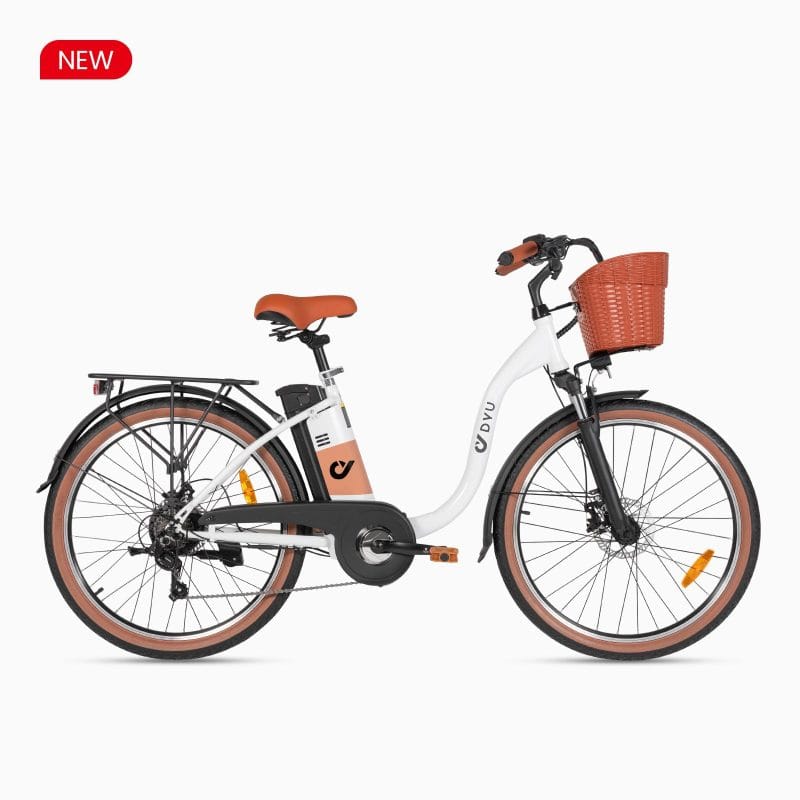

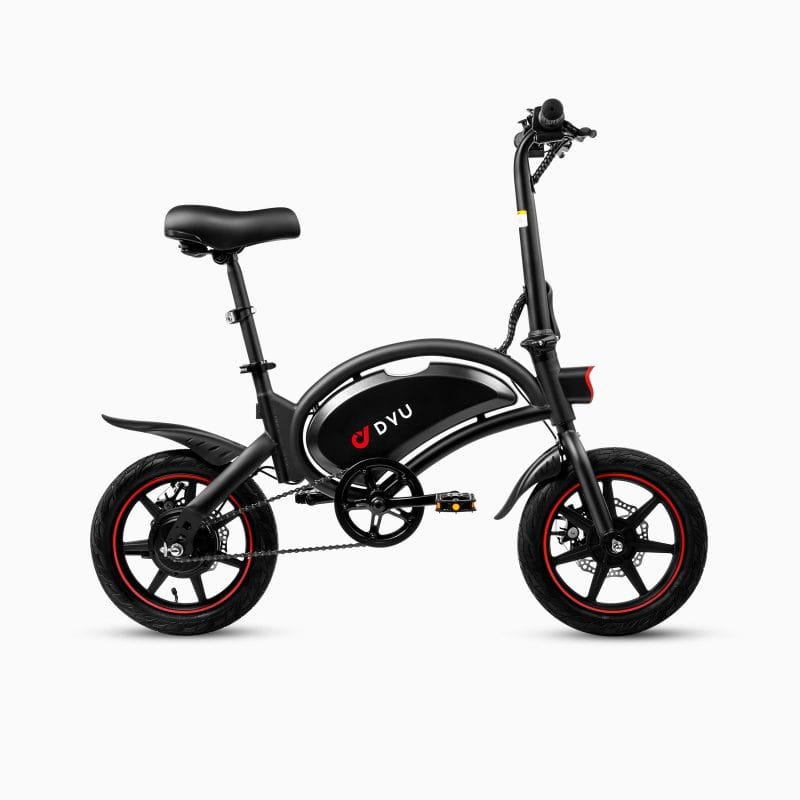
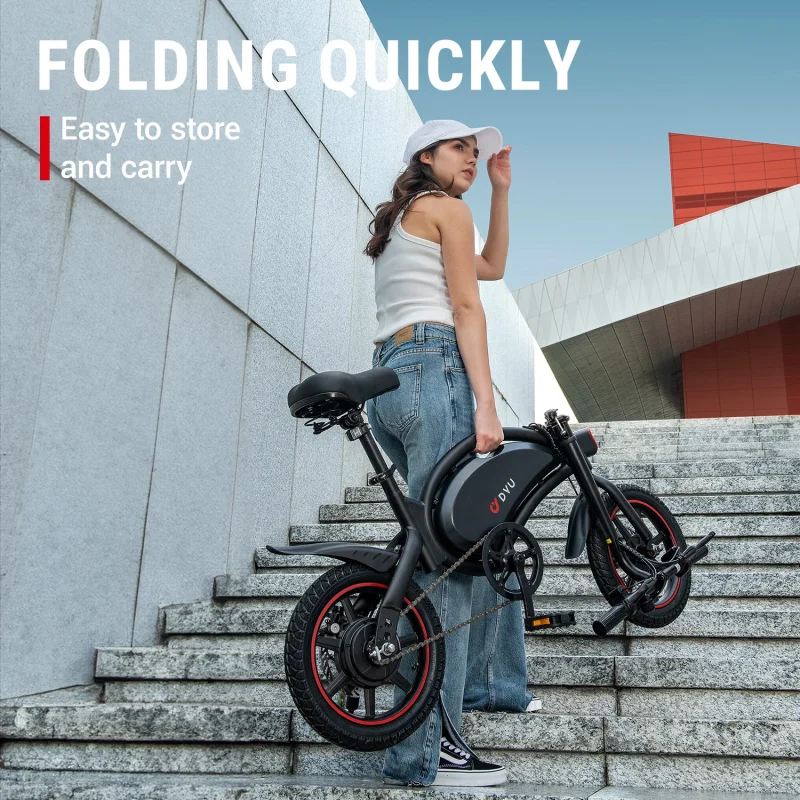
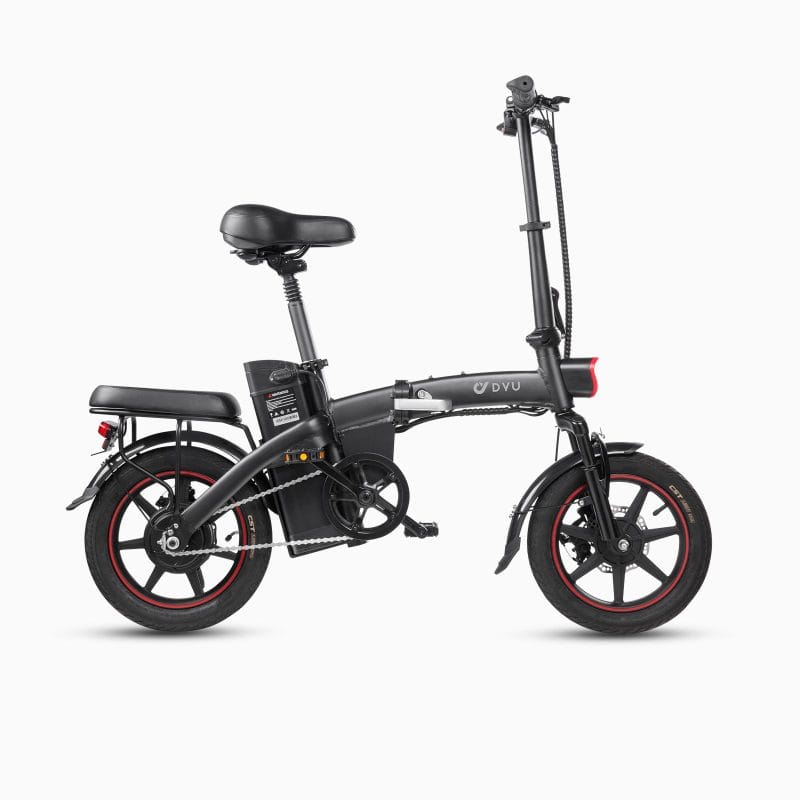
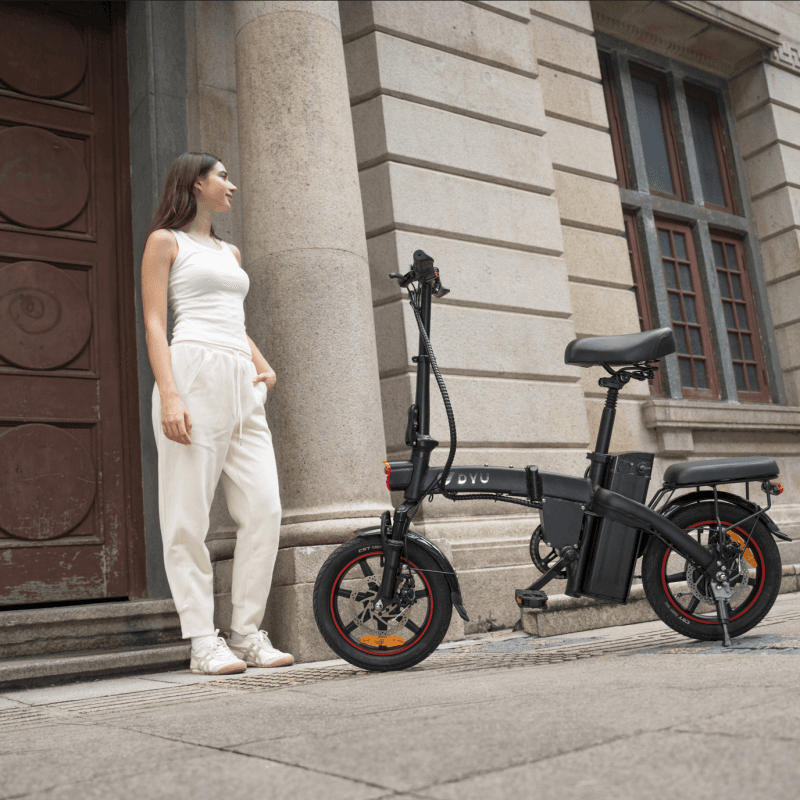
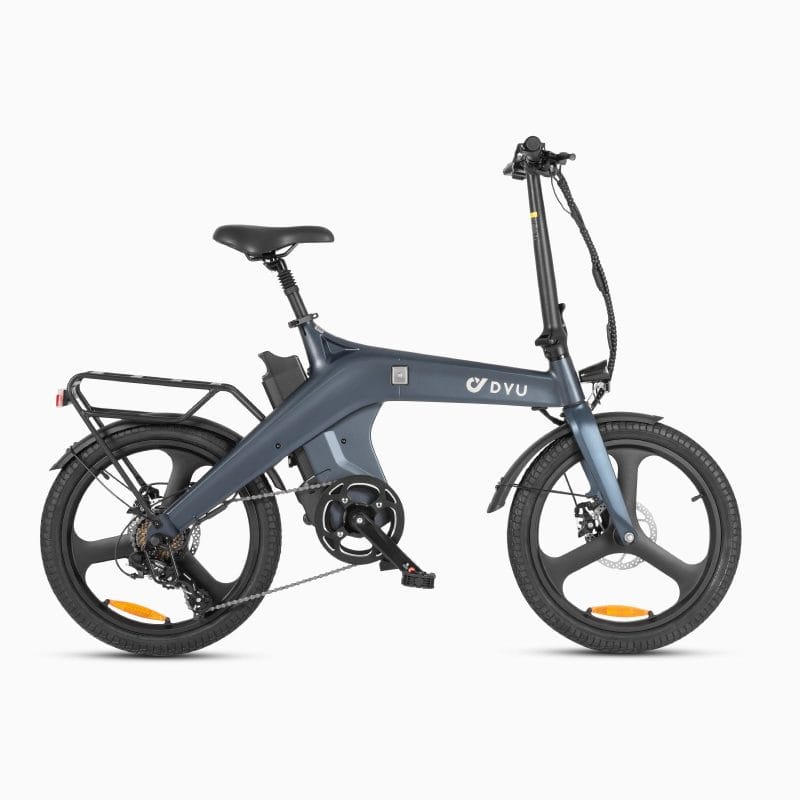
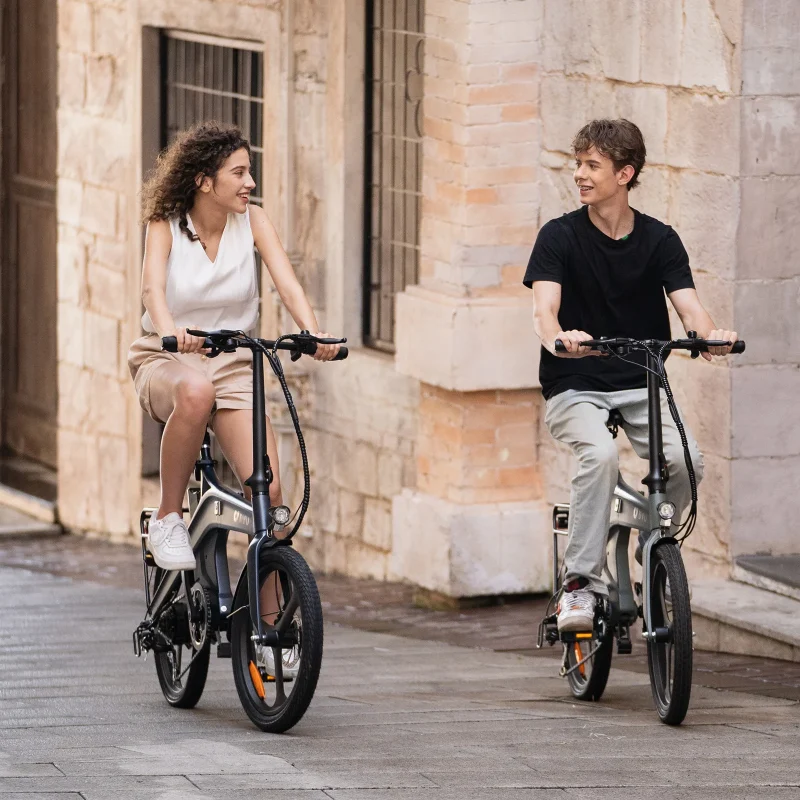
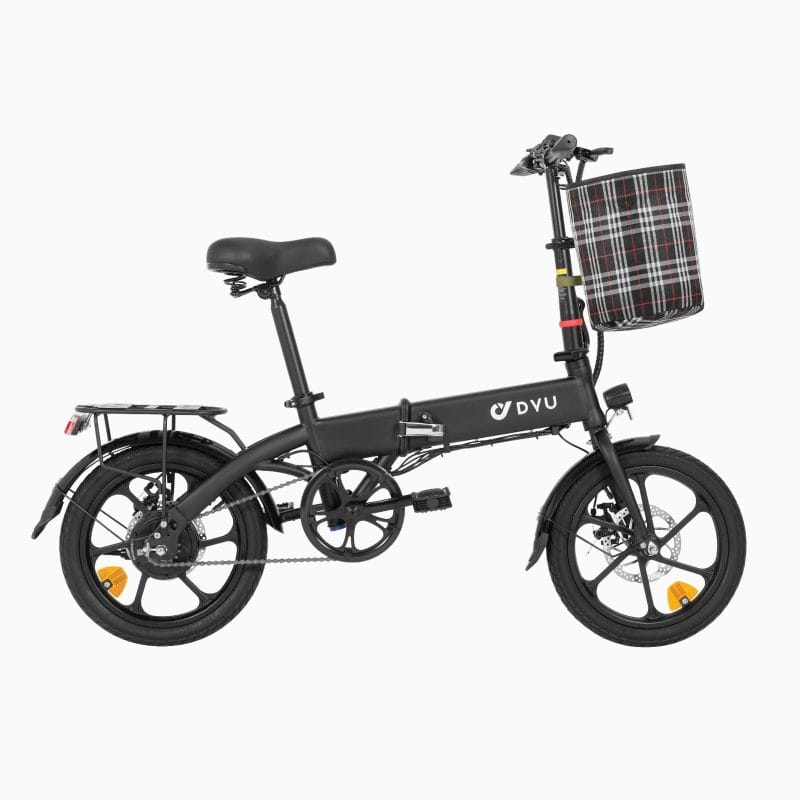
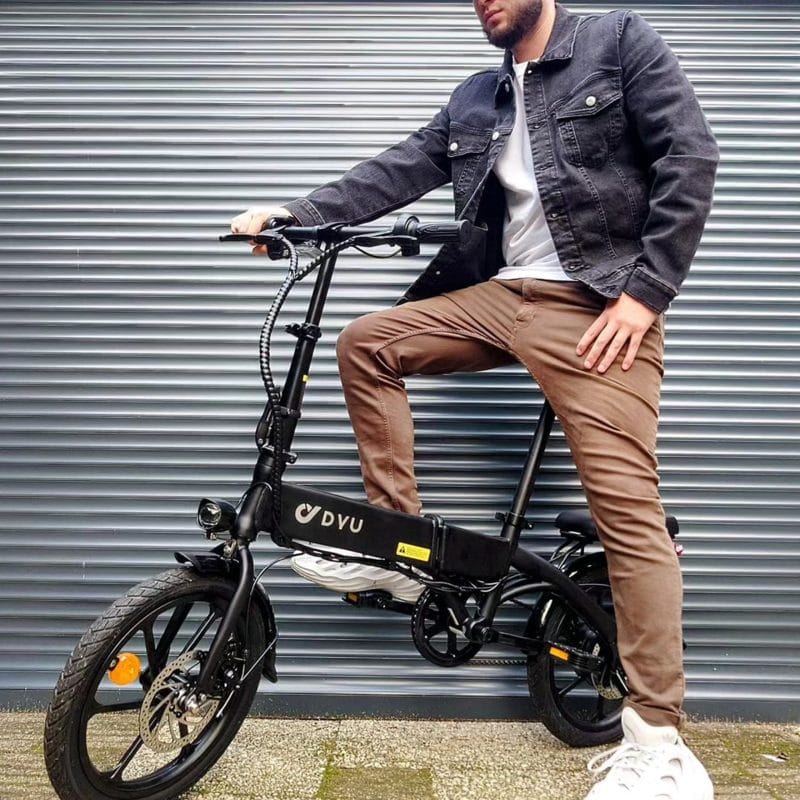
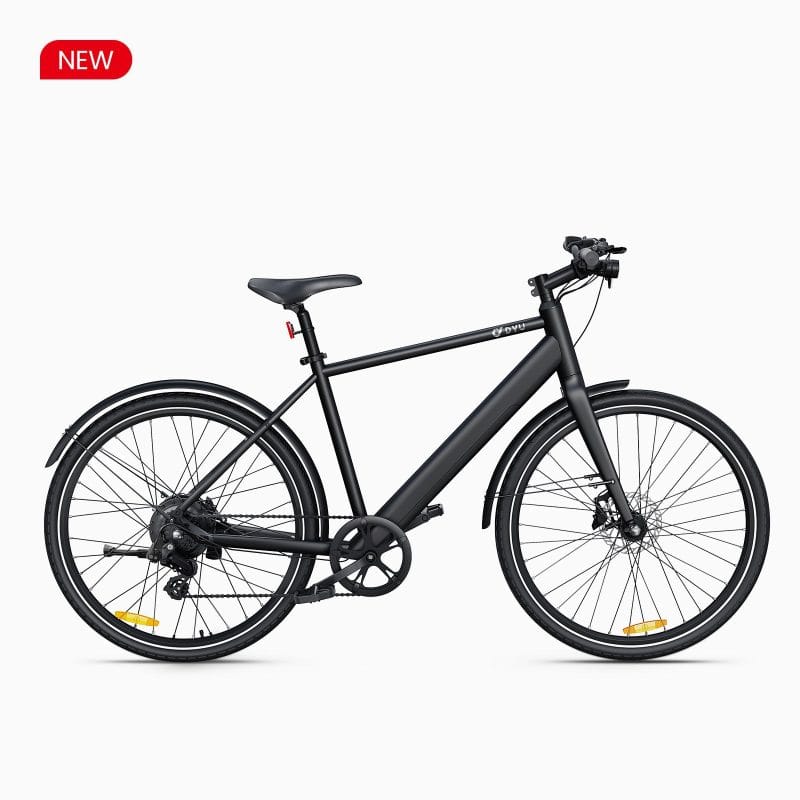
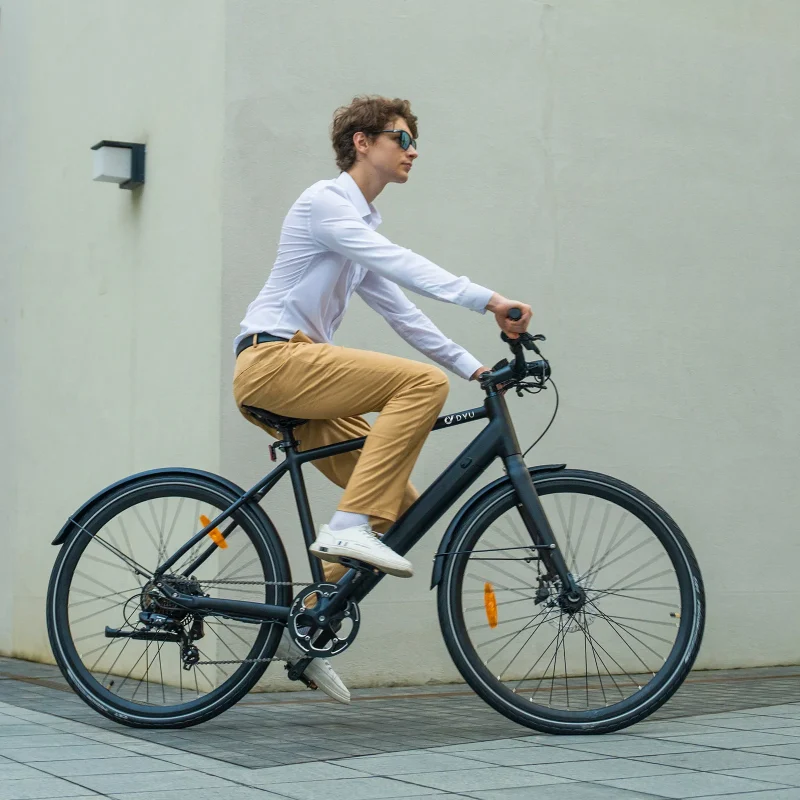
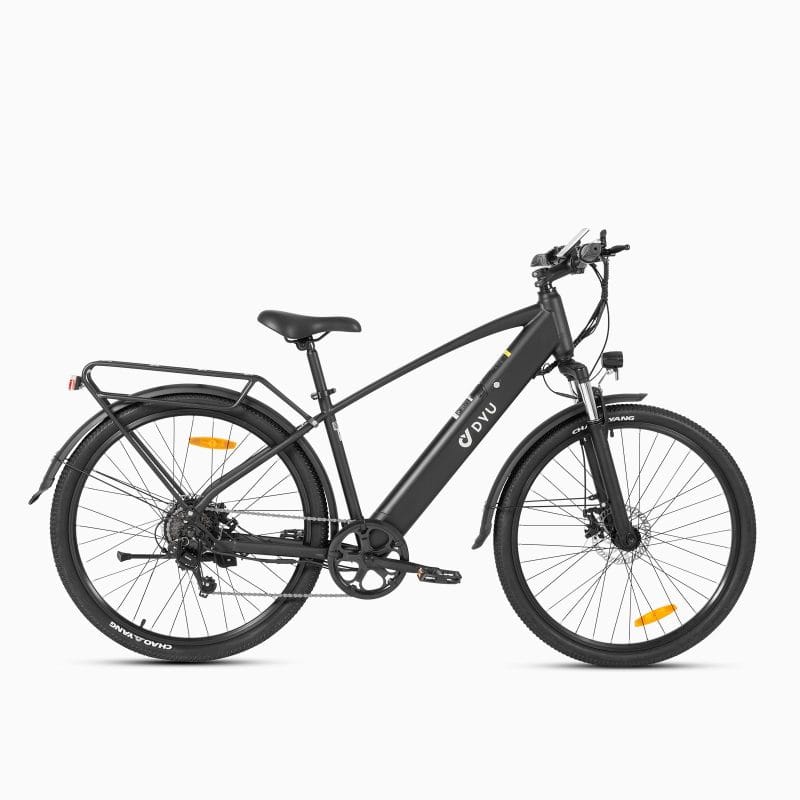
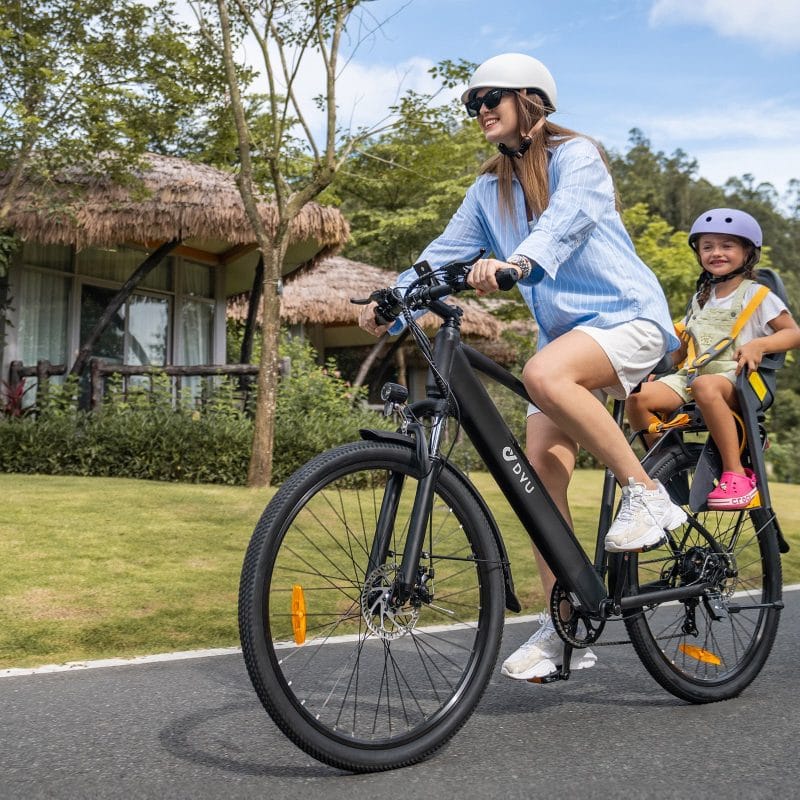
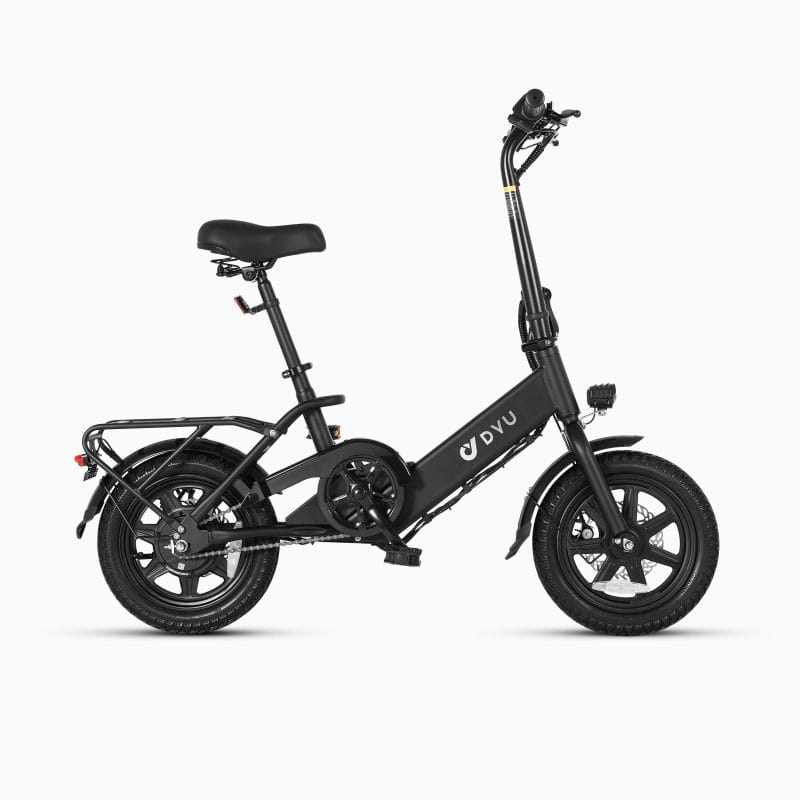
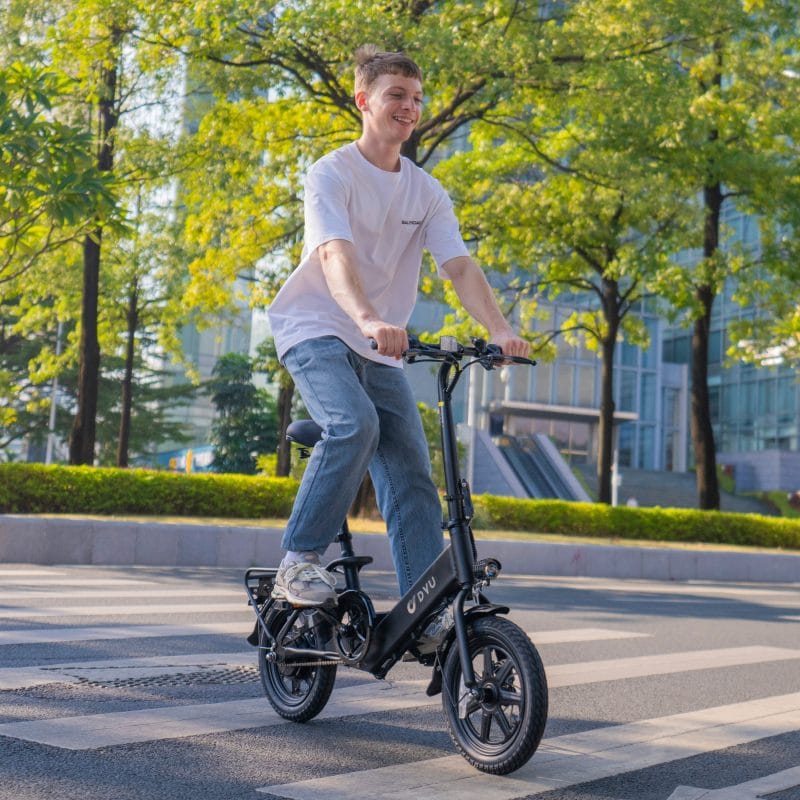
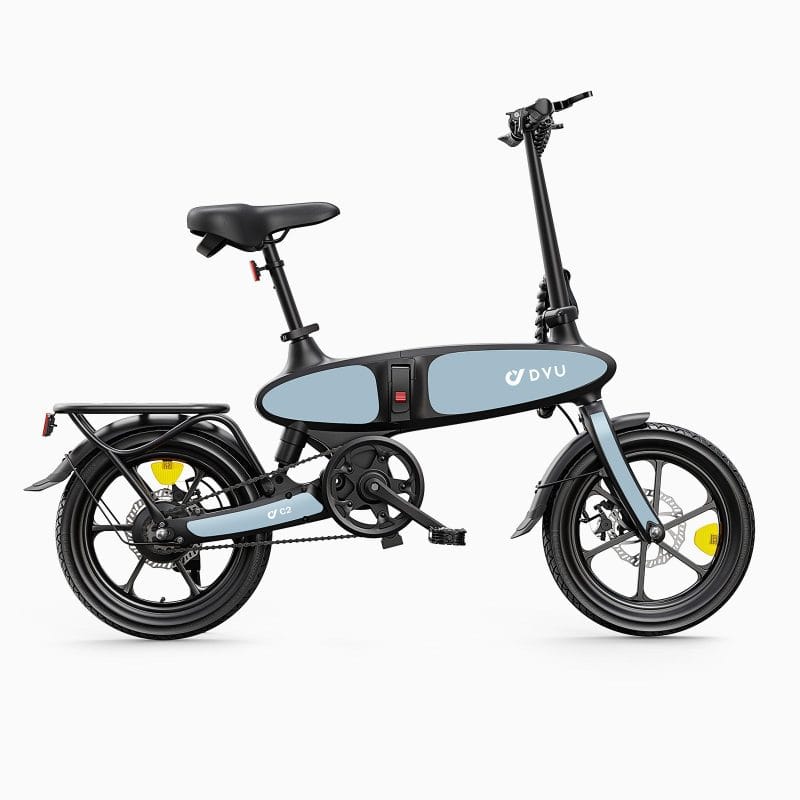
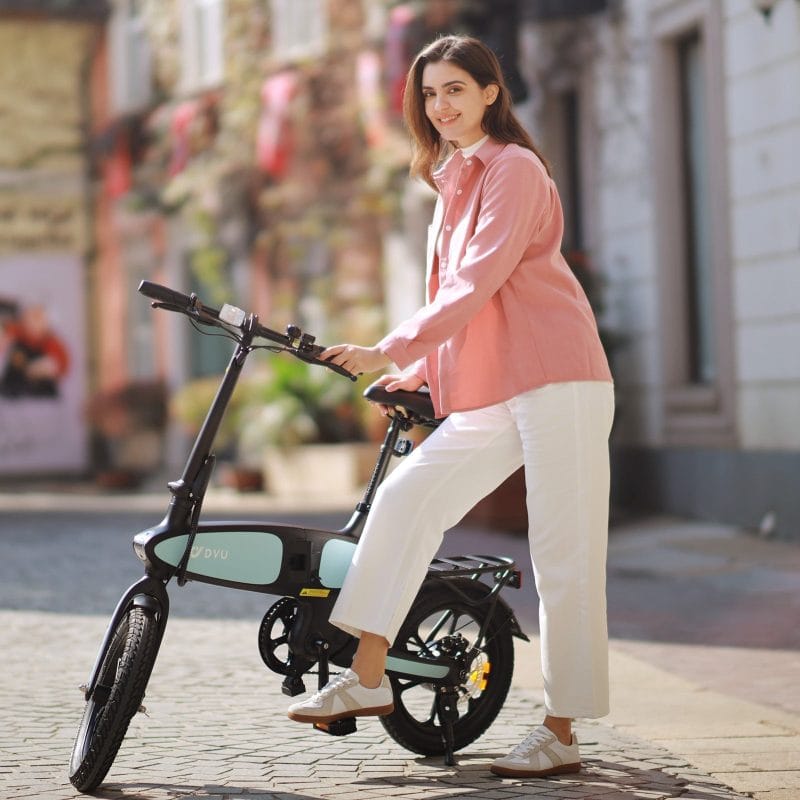
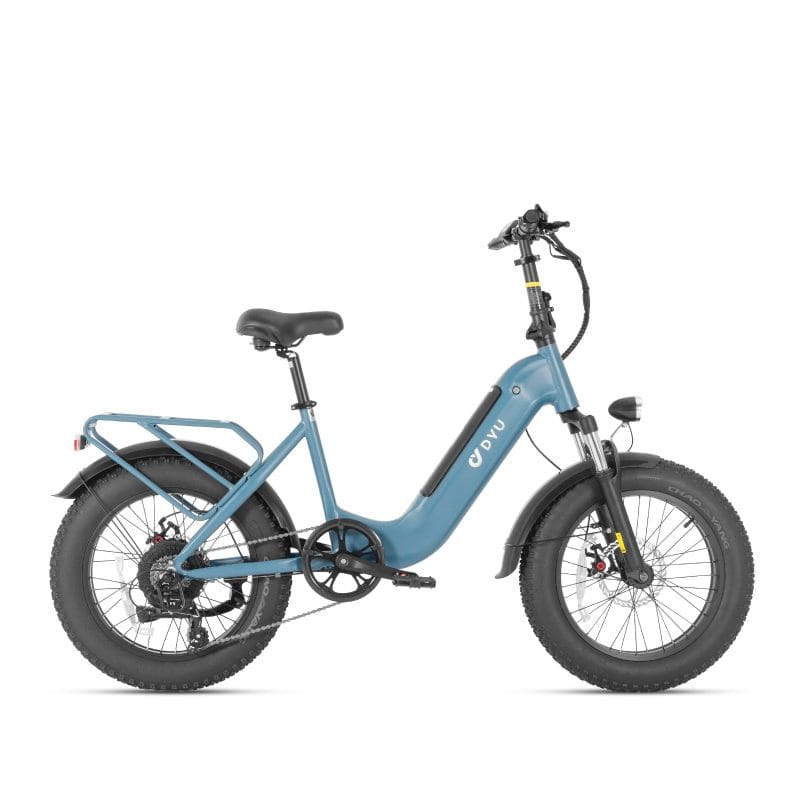
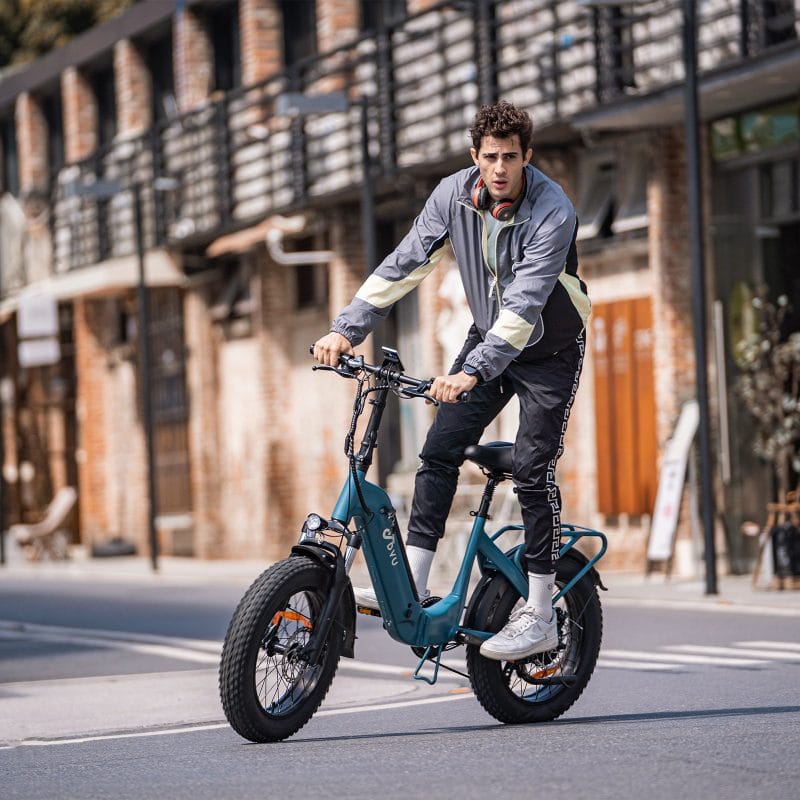
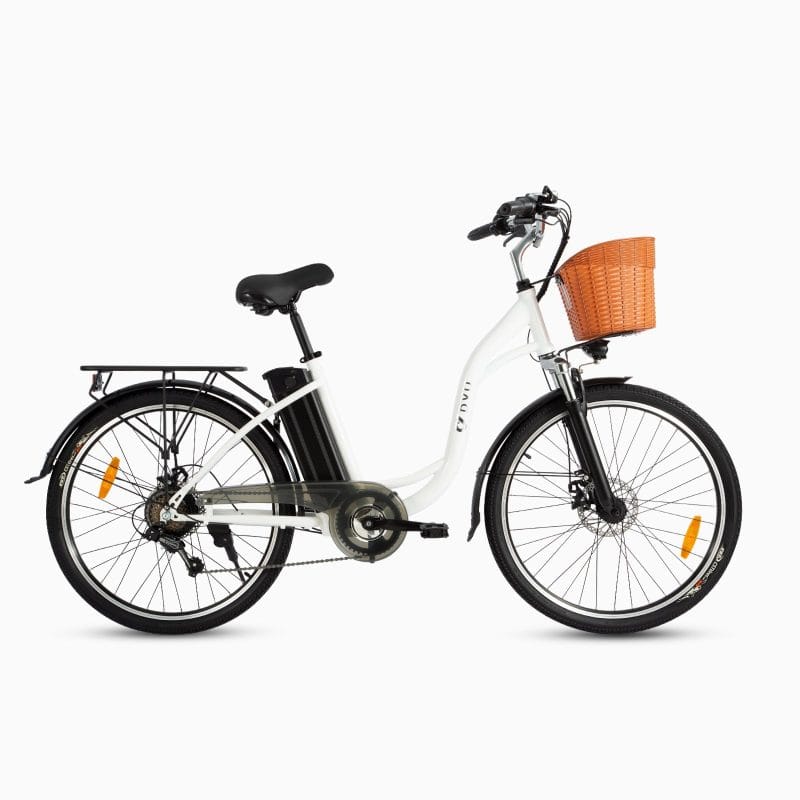

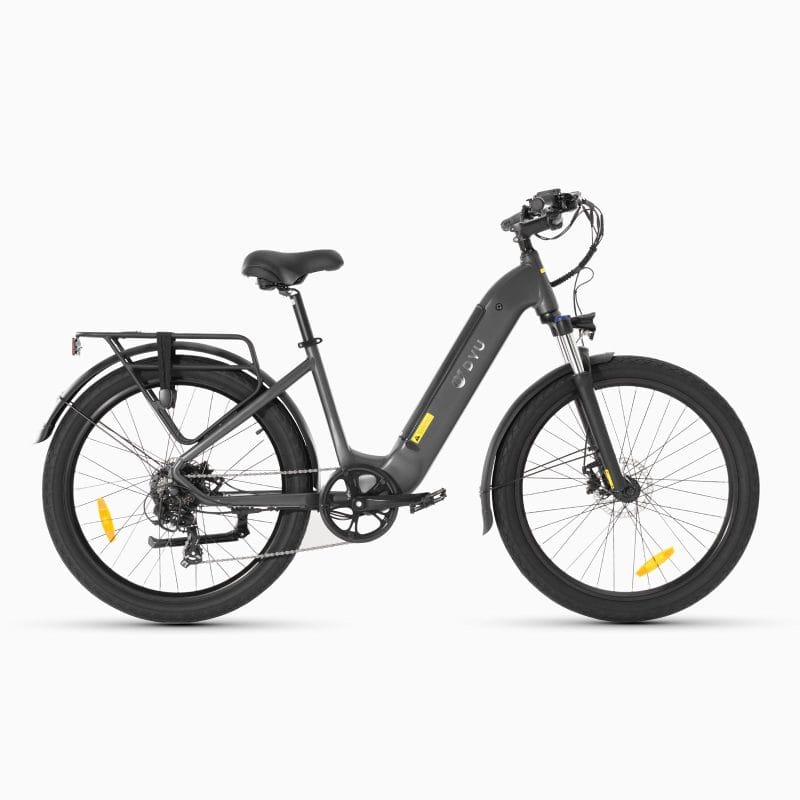
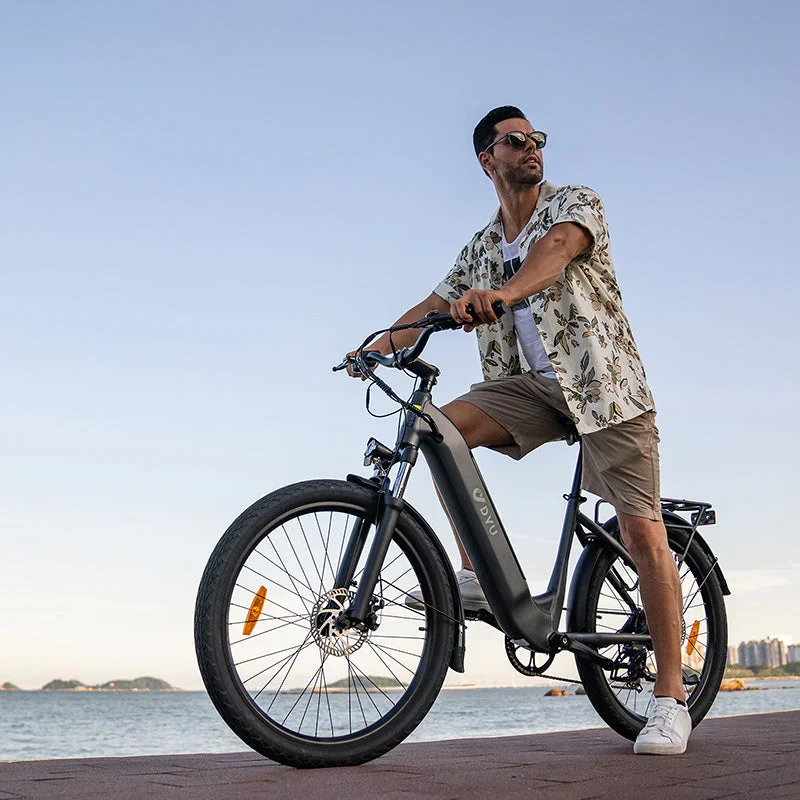



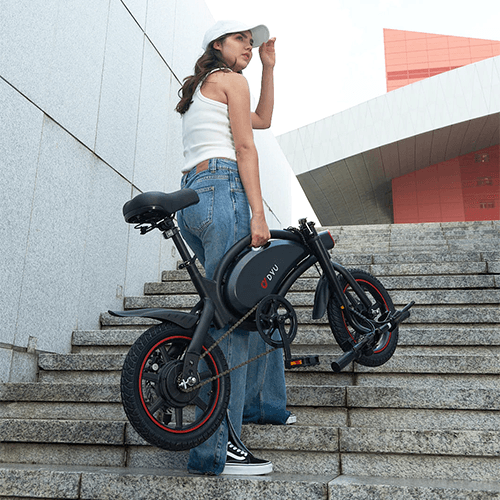
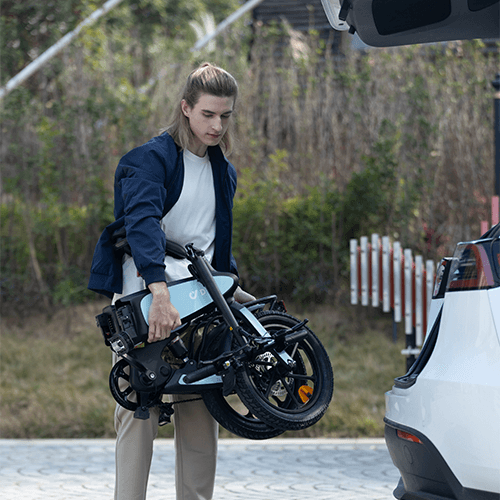
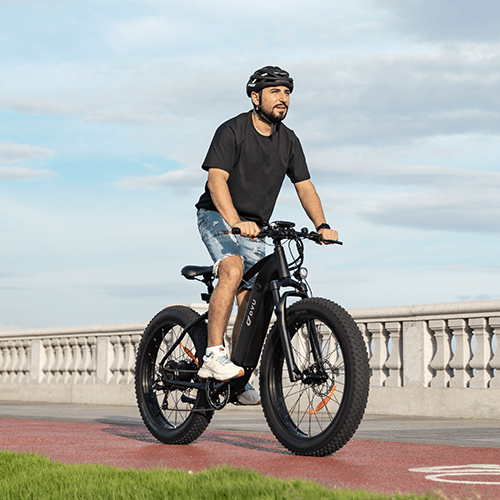


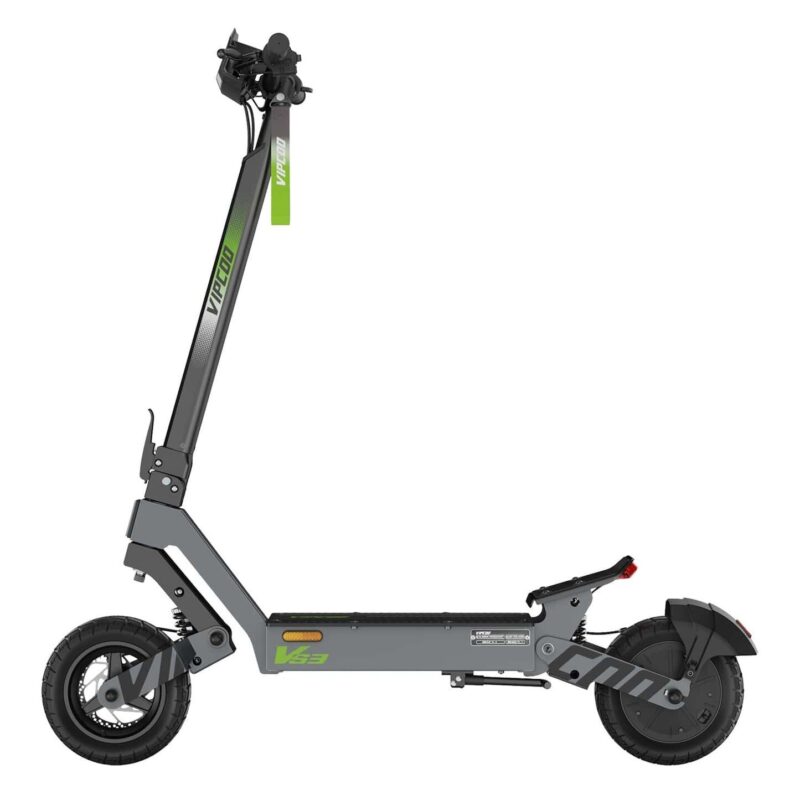


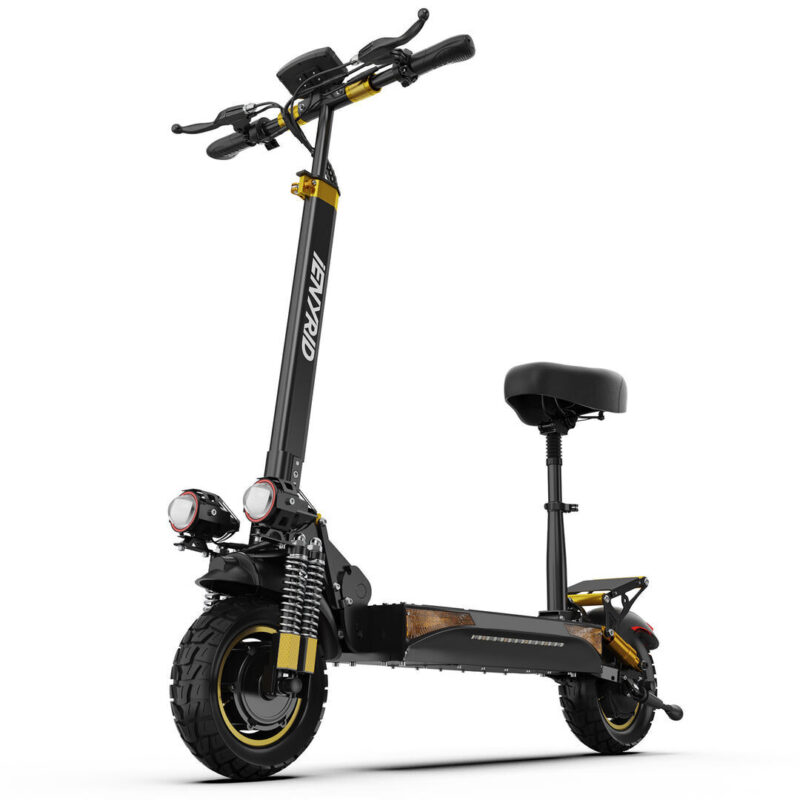









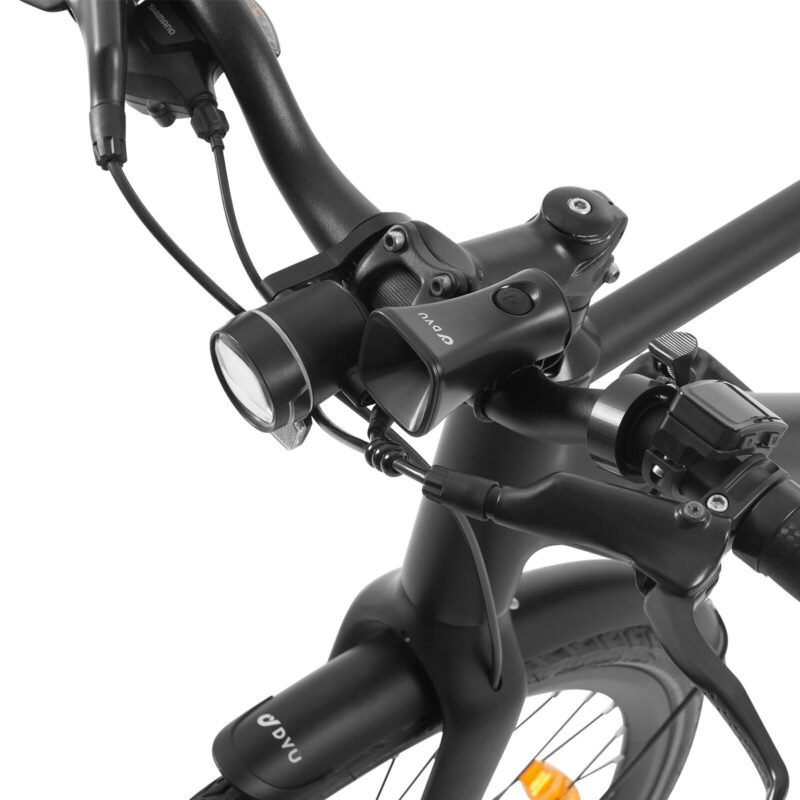
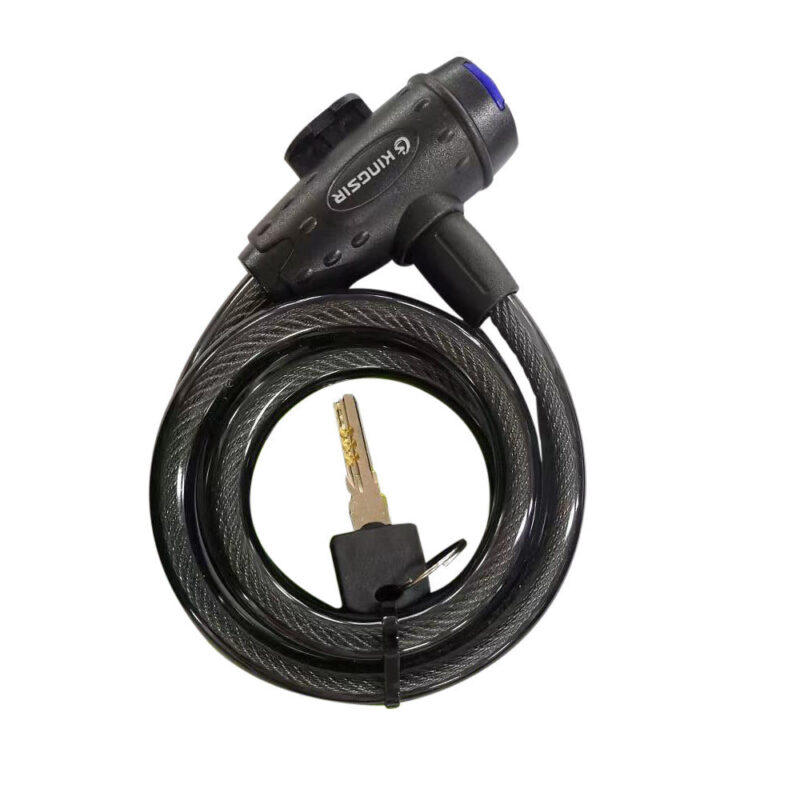
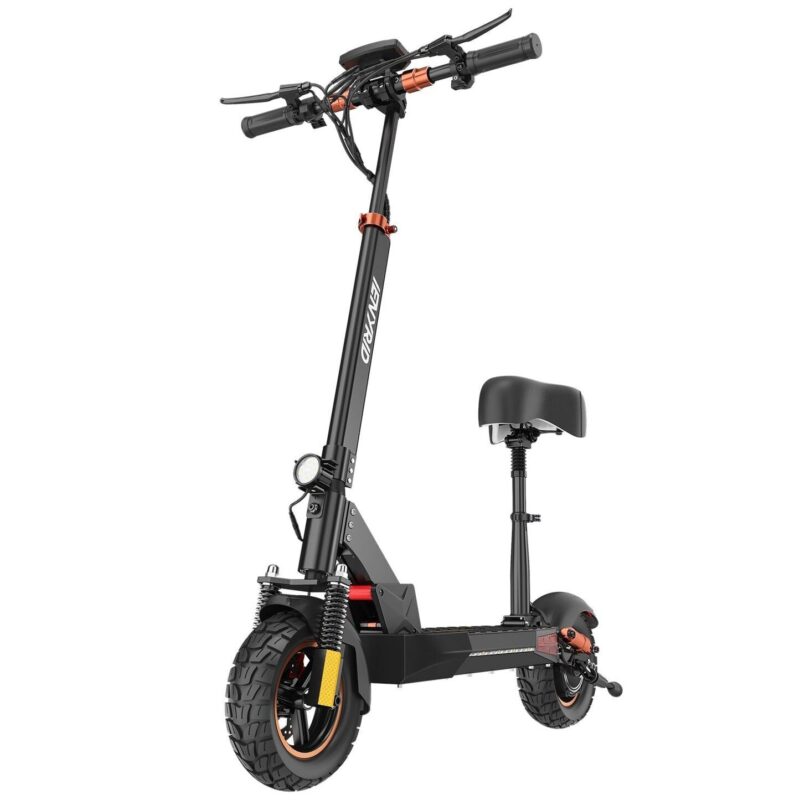
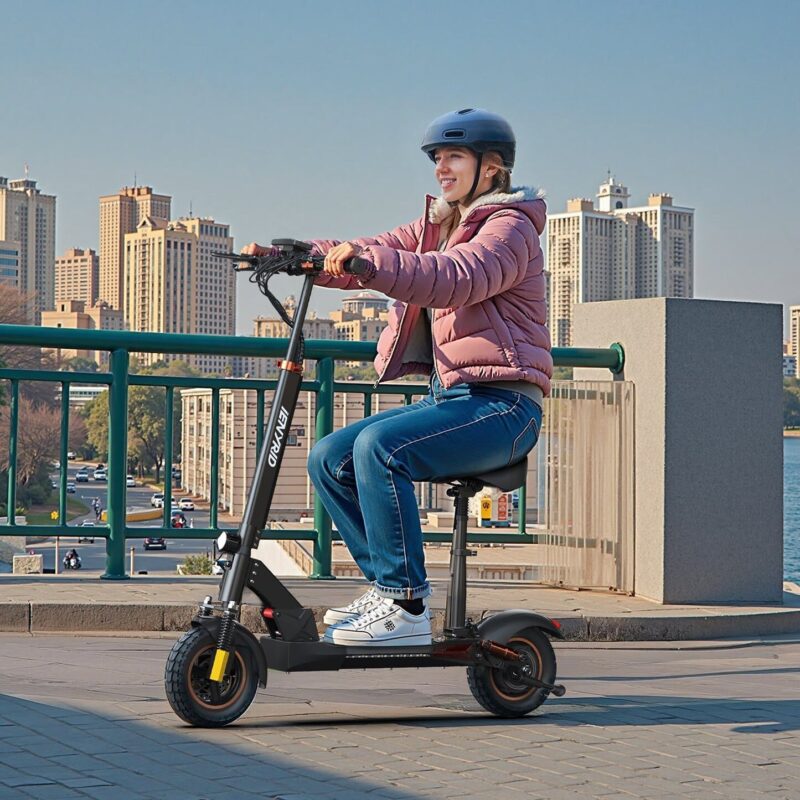
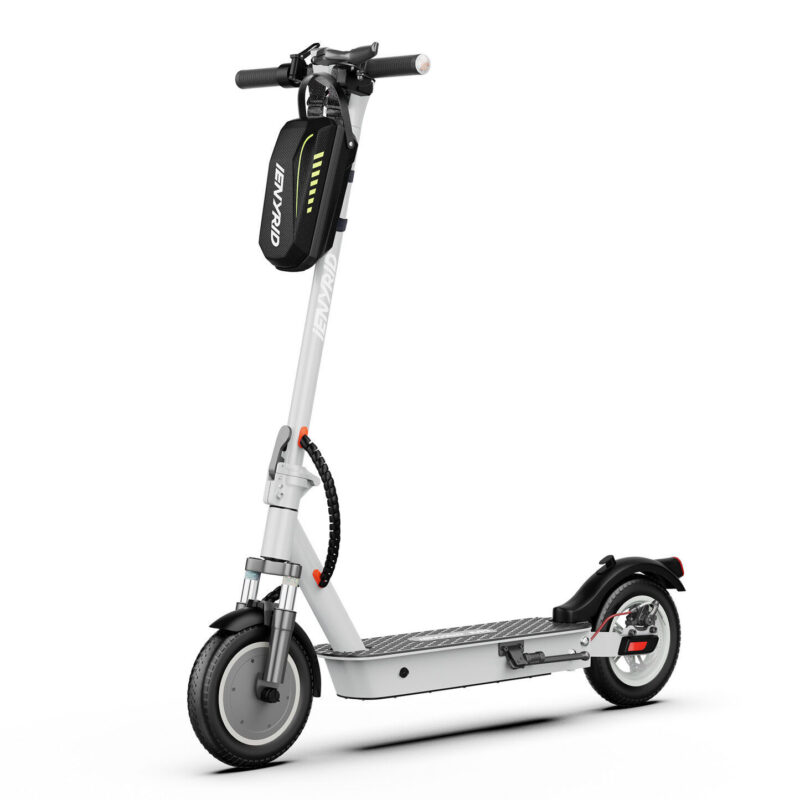

Pensé que echaría de menos los pódcasts durante los paseos. Resulta que los sonidos de los pájaros y no oír sirenas son terapia.